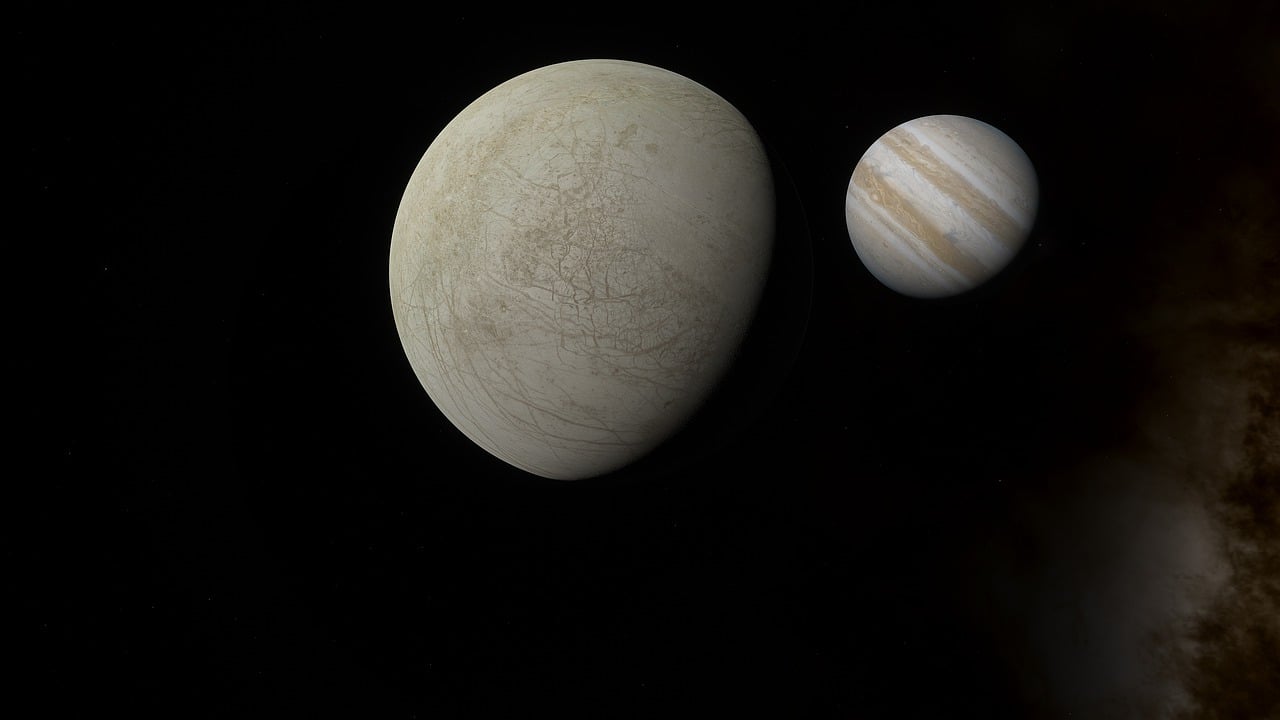
Pre-reading questions:
- Why is it important for scientists to study planets outside our solar system?
- Which planets do you know besides Earth, and what information can you share about them?
Vocabulary:
- prominence /PRO-muh-nuhns/
- incredibly /in-KREH-duh-blee/
- fascinating /FAS-uh-ney-ting /
- rotten /ROT-n/
- extraordinarily /uhks-TROR-di-nair-uh-lee/
[noun] – the state of being easily seen or well known
Her research gained prominence in the scientific community after it was published in a prestigious journal.
[adverb] – a great degree; extremely
The artist’s new exhibition was incredibly popular, drawing large crowds from across the city.
[adjective] – extremely interesting or captivating
Learning about ancient civilizations has always been a fascinating topic for history enthusiasts.
[adjective] – decayed or decomposed; unpleasant or bad in condition or character
The fruit was left in the sun for too long and had become rotten, emitting a foul odor.
[adverb] – in a way that is very unusual, remarkable, or surprising
The sunset over the mountains was extraordinarily beautiful, with vibrant colors filling the sky.
Article reading:
Guangwei Fu, lead scientist at Johns Hopkins University, highlighted the recent discovery of hydrogen sulfide on HD 189733b, a “hot Jupiter” that orbits extraordinarily close to its star—170 times nearer than Jupiter is to the Sun. This planet completes one orbit every two days, with surface temperatures reaching nearly 1,700 degrees Fahrenheit (930 degrees Celsius). Fu emphasized the rarity of such planets, estimating their presence in less than one percent of star systems. Located 64 light-years away in the Vulpecula constellation, HD 189733b has been extensively studied, particularly aided by the James Webb Space Telescope since 2022. Luis Welbanks from Arizona State University noted its similarities to Jupiter and unique thermal characteristics. The observations made by Webb identified hydrogen sulfide, water, and carbon dioxide, while methane was notably absent, enhancing the understanding of planetary formation and the solar system’s characteristics. These findings also provide insights into Earth’s cosmic context.
Comprehension questions
- What is unique about the planet HD 189733b?
- Who is Guangwei Fu and what did he highlight about HD 189733b?
- How close is HD 189733b to its star compared to Jupiter’s distance from the Sun?
- How rare are planets like HD 189733b, according to Guangwei Fu?
- According to Luis Welbanks, what substances were observed on HD 189733b, and what was notably absent?
Discussion questions
- Have you ever learned about any exoplanets in your studies or hobbies? If yes, what did you find most interesting about them? If not, would you be interested in learning more about exoplanets like HD 189733b? Why or why not?
- Have you ever used a telescope or participated in any astronomy-related activities? If yes, what did you observe or learn from the experience? If not, would you like to try it? What do you hope to see or learn?
- Do you agree that the discovery of hydrogen sulfide, water, and carbon dioxide on HD 189733b is significant for understanding planetary formation and our solar system?
- Considering the extreme temperatures and atmospheric conditions on HD 189733b, what difficulties might astronomers encounter when interpreting data from the James Webb Space Telescope, and what strategies could they use to address these challenges?
- What do you think are the potential benefits and challenges of using advanced telescopes like the James Webb Space Telescope to study distant exoplanets? How might these findings influence future space exploration?